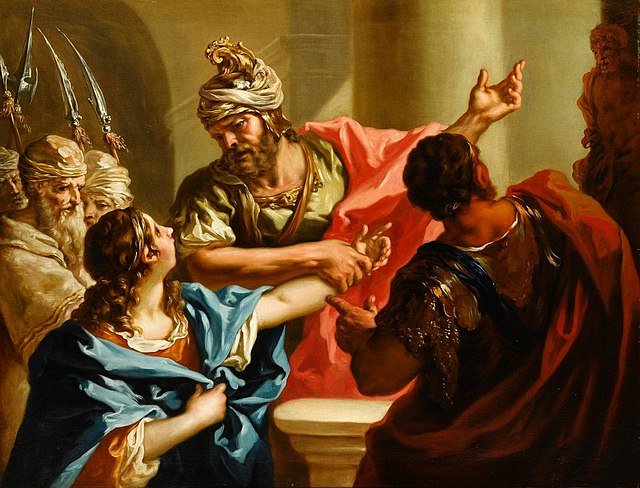
The intersection of Hannibal, African history, and Classics makes for a compelling story. Much of what we know of Hannibal is found in the Greco-Roman Classics. Yet, he can be considered a hero of African history.
Hannibal of Carthage is seen by many as the father of military strategy. Is this a valid designation? He lived a life of incredible feats, daring, and survival.
Ancient Carthage (modern Tunisia) was a settlement in North Africa that grew into a city-state and then an empire. It was founded in the ninth century BC by the Phoenicians, an ancient, Semitic-speaking thalassocratic civilization originating in the Levant region of the eastern Mediterranean, primarily located in what is now Lebanon.
Hannibal, African history, and the Classics
These questions can be explored by considering the three Punic Wars that shaped Hannibal’s life. The Punic Wars were between the emerging Roman Empire and Carthage. The first was from 264 to 241 BCE. The second happened in 218 to 201 BCE, and the third took place from 149 to 146 BCE.
Carthage, a military peer at the time, was also a vast maritime trading center. The Carthaginians also traded with India, the Mediterranean peoples, and even as far away as the Scilly Isles in southwest England.
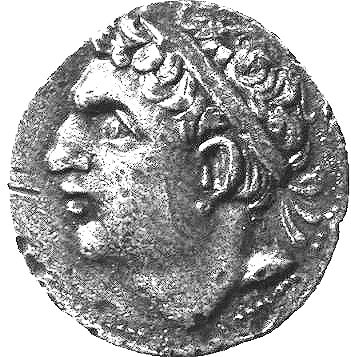
The first Punic War (264-241 BCE)
Hannibal, born in 247 BCE, was too young or not yet born to take part in the First Punic War. However, it formed the social background of his emerging life and times.
In 264 BCE, Rome decided to intervene in a dispute on the western coast of the island of Sicily (then a Carthaginian province) involving an attack by soldiers from the city of Syracuse against the city of Messina.
While Carthage supported Syracuse, Rome supported Messina, and the struggle soon exploded into a direct conflict between the two powers, with control of Sicily at stake.
Carthage was equal in military power to Rome in this era. Contemporaries might be surprised to know that Sicily was once a Carthaginian province. Earlier in antiquity, Sicily was also a Greek province.
Sicily: both a Greek and Carthaginian province
Over the course of nearly twenty years, Rome rebuilt its entire fleet in order to confront Carthage’s powerful navy, scoring its first sea victory at Mylae in 260 BCE and a major victory in the Battle of Ecnomus in 256 BCE.
Though its invasion of North Africa that same year ended in defeat to Carthage, Rome refused to give up, and in 241 BCE, the Roman fleet was able to win a decisive victory against the Carthaginians at sea, breaking their legendary naval superiority.
At the end of the First Punic War, Sicily became Rome’s first overseas province. Carthage had won some battles but not the war.

The second Punic War (218-201 BCE)
How did the Second Punic War become a stage where Hannibal enters history? Over the next decades, Rome took control of both Corsica and Sardinia as well.
Still, Carthage was able to establish a new base of influence in Spain in 237 BCE. This was under the leadership of the powerful general Hamilcar Barca and, later, his son-in-law Hasdrubal.
Hannibal enters history
According to Polybius and Livy in their histories of Rome, Hamilcar Barca, who died in 229 BCE, made his younger son Hannibal swear a blood oath against Rome when he was just a young boy. Upon Hasdrubal’s death in 221 BCE, Hannibal took command of Carthaginian forces in Spain.
Two years later, Hannibal marched his army across the Ebro River into Saguntum, an Iberian city under Roman protection. They essentially declared war on Rome.
The Second Punic War is a drama where Hannibal and his troops (including as many as 90,000 infantry, 12,000 cavalry, and 35-40 elephants) march from Spain across the Alps into Italy. They grabbed victories over Roman troops at Ticinus, Trebia, and Trasimene.
The taking of Massalia (Marseille)
Hannibal had intended to invade Italy on the fabled track used by the mythical Hercules. Nevertheless, in the way was the independent Greek city-state of Massalia, a fortified city with an army and navy. They were the commercial rivals of the Carthaginians in Spain. Hannibal could therefore not afford to be bogged down in a long siege at Massalia.
Massalia (modern Marseille) was an ally of Rome from early times. Massalia had saved Rome itself in 390 BCE when it was under siege and occupation by the Sennonian Celts. In response, Rome gave Massalia a treaty, special privileges, and tax exemptions in all its ports in gratitude.
After Rome’s inaction had let Saguntum fall to Hannibal, Rome acted as if Marseille had been attacked. In fact, Scipio’s Roman Army sailed to Massalia first where they had to recover, as its army had been incapacitated due to sickness on the voyage.
Retreat and advance
They anchored at the Massaliote Mouth (Rhone estuary) and then made their way along the river Rhone. Afterward, the Roman cavalry, with Massaliote guides, made contact with a scouting party of Hannibal and a skirmish ensued. Hannibal’s forces won.
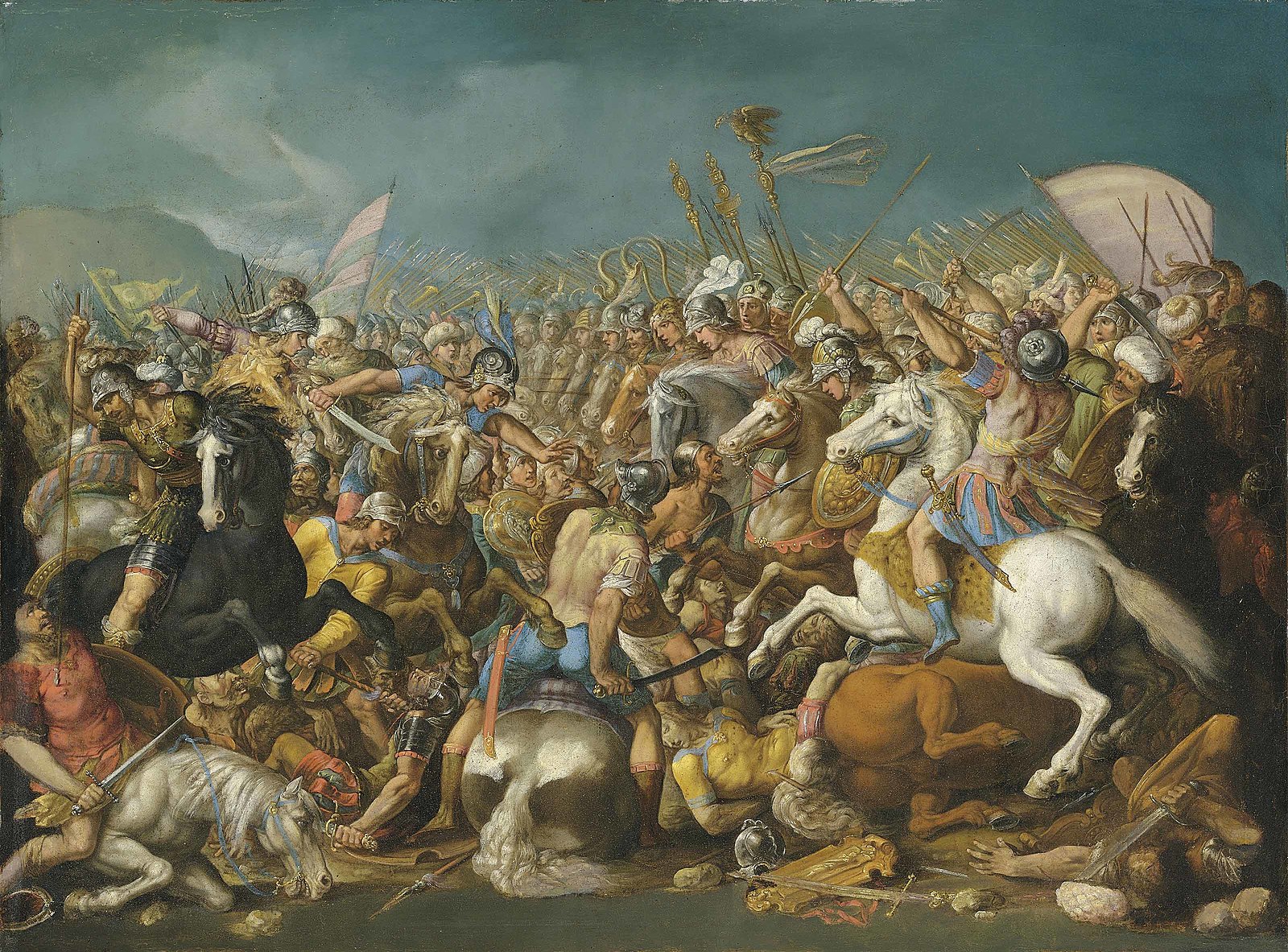
Hannibal, having crossed the river Rhone, moved at such speed Scipio could not believe they traveled north to the Alps with a three-day lead. Scipio knew he could not catch them, so he turned back to his ships and sent his army to Spain to liberate Greek colonies there, effectively cutting off Hannibal’s supplies.
At the same time, he sailed to Italy to take command of another Roman Army in the Po valley in case Hannibal should succeed in crossing the Alps. It was then Hannibal who expressed surprise over how quickly Scipio had returned to Italy.
The military strategist in the Icy Alps
Hannibal had never seen the Alps before and therefore knew nothing of their dangers. His soldiers were overwhelmingly from the tropics and saw snow as well as felt winter for the very first time.
They faced mountains of ice. Below them were steep cliffs. Skirting the edges of narrow paths, a number were swept to death by snow storms and avalanches. Rocks were let loose by unseen enemies above.
Hannibal’s daring elephantine invasion of Rome reached its height at the Battle of Cannae. His back was against a river, and his status seemed hopeless. Contrary to orthodox military strategy, Hannibal, however, tactically put his weakest forces in the middle and strongest in the wings.
Romans attacked their middle ranks and penetrated deeply into Carthaginian territory. The wings closed in on the Romans from both sides. The Romans, surrounded, were slaughtered like sheep.
Hannibal was now the master of Italy, except for the capital. Rome was frantic. Was Hannibal coming to attack the city?
Scipio Africanus: the Roman of West African descent
After a disastrous defeat, however, the Romans managed to rebound. The Carthaginians lost their hold on Italy, as Rome won victories in Spain and North Africa under the rising young general Scipio Africanus. This general fighting on behalf of Rome is regarded as one of the greatest military commanders and strategists of all time.
Scipio Africanus was born as Publius Cornelius Scipio in 236 BC. His family was one of the major still-extant patrician families, a group of ruling class families in ancient Rome. He took the agnomen Africanus (“the African”), for his victories in Africa.
In 203 BCE, Hannibal’s troops were forced to abandon the struggle in Italy in order to defend North Africa. The following year Scipio Africanus and his troops routed the Carthaginians in the Battle of Zama, a city located in what is now Tunisia.
Hannibal’s losses in the Second Punic War effectively put an end to Carthage’s empire in the western Mediterranean. This left Rome in control of Spain and allowed Carthage to retain only its territory in North Africa. Carthage was also forced to give up its fleet and pay restitution in silver to Rome.
The Third Punic War (149-146 BCE)
The Third Punic War, by far the most controversial of the three conflicts between Rome and Carthage, was the result of efforts by Cato the Elder and other hawkish members of the Roman Senate to convince their colleagues that Carthage (even in its weakened state) was a continuing threat to Rome’s supremacy.
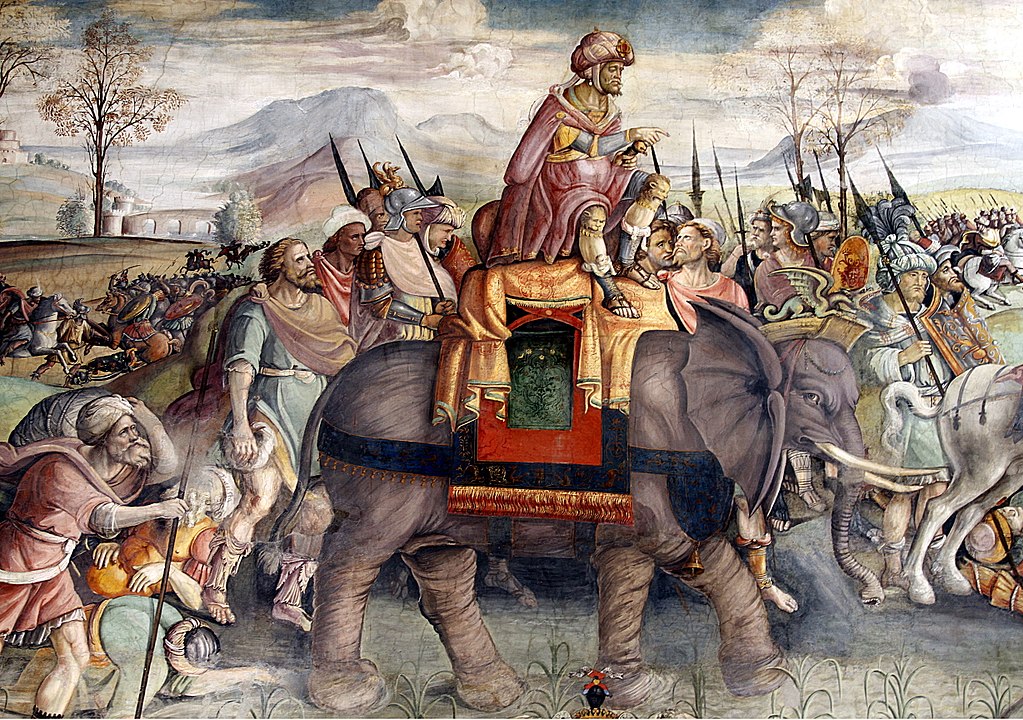
Cato is remembered for his rallying cry, “Carthage must be destroyed!” Some historians have cited this as early support for a policy of genocide. In 149 BCE, after Carthage technically broke its treaty with Rome by declaring war against the neighboring state of Numidia, the Romans sent an army to North Africa, beginning the Third Punic War.
The fall of Carthage
As the Punic Wars ended, the surviving 50,000 citizens of Carthage were sold into slavery. Also in 146 B.C., Roman troops moved east to defeat King Philip V of Macedonia in the Macedonian Wars. By the end of that year, Rome reigned supreme over an empire stretching from the Atlantic coast of Spain to the border between Greece and Asia Minor (now the major part of contemporary Turkey).
The end of Hannibal’s life
After the Second Punic War, in peacetime Carthage (200-196 BCE), Hannibal was briefly a politician in Carthage. He was also an economic planner and a judge. Hannibal was remembered for fighting corruption.
Seven years after the victory at Zama, Hannibal lived in Asia Minor as a military advisor to the Seleucids, the successors of Alexander the Great’s empire. But when King Antiochus III was defeated by the Romans he had to flee into Bithynia. Then Romans pressed Bithynians to turn Hannibal in, and when he heard that he was going to be betrayed he decided to commit suicide.
The exact location of Hannibal’s grave is unknown, but today there is a memorial dedicated to him in the town of Gebze in Kocaeli province, ancient Libyssa, where he died.
Hannibal lost, but over the long arc of history won
The scholar Eve McDonald, who has written the admirable Hannibal: A Hellenistic Life (2015), makes a compelling point. Hannibal was a military commander in Punic Spain.
It was in this context that he famously marched his war elephants and huge army into Rome’s own heartland to fight the Second Punic War. Still, the Romans were finally the winners.
They eventually captured and destroyed Carthage. It was actually the Romans who wrote the legend of Hannibal, as a brilliant but defeated enemy.
Hannibal entered history as a defeated personality who embodied the military glory of Rome. He did so through the Greco-Roman classical writers and the impressions of the wider Mediterranean world.
Was Hannibal black? He was born in Africa
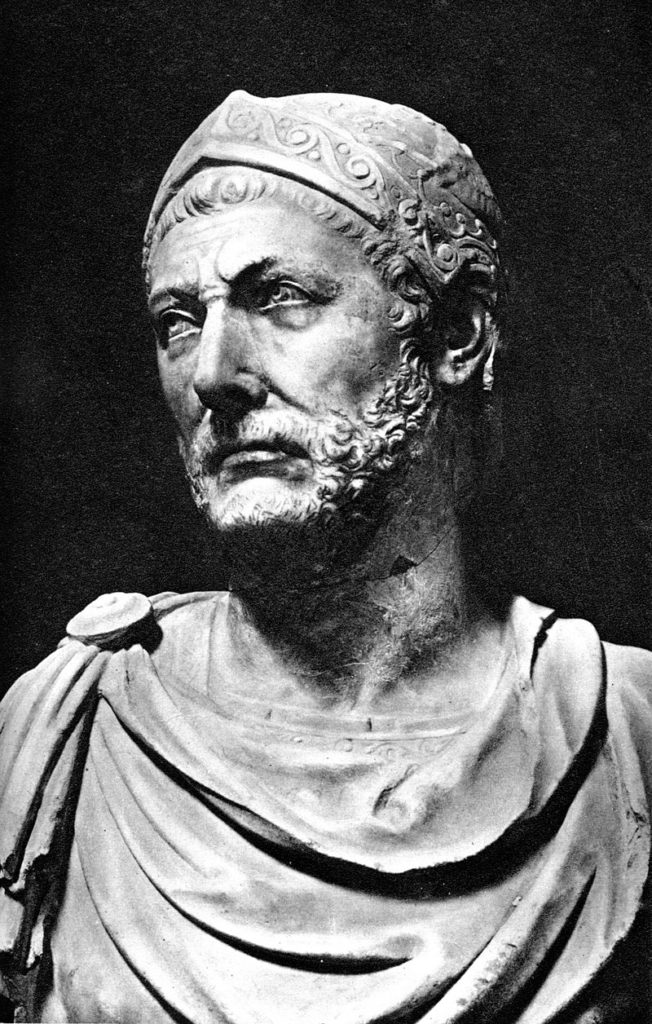
Hannibal was born in what is present-day northern Tunisia, one of many Mediterranean regions colonized by the Canaanites from their homelands in Phoenicia.
Hannibal was a common Semitic Phoenician-Carthaginian personal name. It is recorded in Carthaginian sources as ḥnbʿ(Punic: 𐤇𐤍𐤁𐤏𐤋). It is a combination of the common Phoenician masculine given name Hanno with the Northwest Semitic Canaanite deity Baal (lit, “lord”) a major god of the Carthaginians ancestral homeland of Phoenicia in Western Asia.
T.A. Dodge’s Hannibal, a nineteenth-century scholarly account, affirmed the Carthaginian as the finest military general the world had ever seen. Dodge felt the need to affirm Hannibal’s exceptional character. Dodge, a soldier in the union army during the American Civil War, never quite centers Hannibal openly as black or African.
The famous Jamaican-American scholar J.A. Rogers, who wrote World’s Greatest Men of Color (1946), highlighted Hannibal. He argued that the Phoenicians and Carthaginians were Black people. However, William C. McDermott, one of the foremost Ciceronian scholars and teachers of the 20th century once stated ” […] Hannibal was as black as King David.”

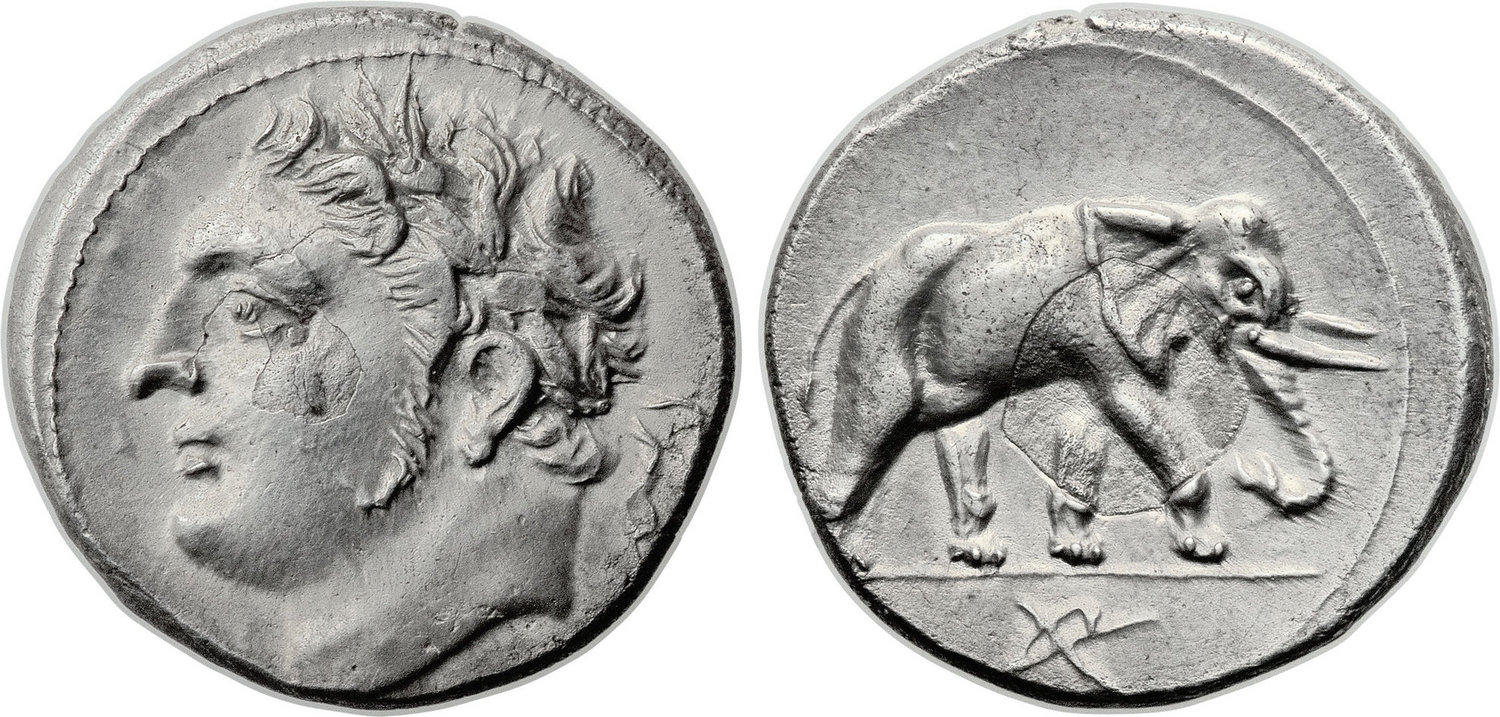
Rogers’ view of global African history, attractive to so many, had in mind the functional definition of race that shaped the modern Americas and an anti-racist vision. This can be debated.
Yet, the influence of this interpretation cannot be denied. Furthermore, his approach was meant to counter another interpretation, Greco-Roman antiquity as modern foundations of white racism. This may account for Dodge’s silences.
The Aryan reading of the ancient world was only an interpretation. Contemporary scholars are quickly clarifying new frameworks of race and ethnicity in the ancient world for a new generation.
Napoleon’s Hannibal
Hannibal has a reputation as among the greatest military strategists of all time. After evaluating what he believed were the most dynamic geniuses in warfare of all time, for example, Napoleon placed Hannibal as the most daring.
He also executed what many were convinced was impossible. What did he accomplish? Did you ever try to coral and discipline elephants?
McDonald shows us that Hannibal was on the mind of classical and modern writers. These included Cicero, Polybius, Plutarch, Virgil, Cornelius Nepos, Propertius, Livy, Horace, and Juvenal. He was also mentioned by Lord Byron and even Freud in his Interpretation of Dreams.
Hannibal can also be found in the modern currency of Tunisia. Hannibal is, in fact, the moniker of a contemporary television station. Two years ago, plans were released for a mausoleum for Hannibal on the Byrsa, the highest point overlooking Tunis.
He was also a hero of grassroots popular African history, found in classic reggae music such as Mutabaruka’s “Great Kings of Africa.” As the song’s lyrics go: “Hannibal, yes he was bold, he took his army of elephants through the cold. Through the alps, his army came, confounding his enemies putting them to shame.”
From famous films and literature to small towns
Hannibal’s name and memory were appropriated in various ways. A fictional drama called “Hannibal” appears at the beginning of the play Phantom of the Opera. His name was appropriated as the brilliant villain in the book (and movie) Thomas Harris’ Silence of the Lambs.
The playwright, Arthur Miller, in A View to the Bridge, refers to the Chicago gangster Al Capone as the greatest Carthaginian of them all. There is a contemporary business management consulting firm that takes Hannibal’s name and has an elephant as a symbol.
The novelist Mark Twain’s boyhood home was also in Hannibal, Missouri. When this town along the Mississippi River was founded in 1845, it was likely not the intent to salute an African.
An insightful questioning of Hannibal’s genius
Critical thinking should be welcome about Hannibal’s genius, for how can a historical personality be seen as a military genius if they lost more decisive battles than they won?
The Greco-Roman classical writers, like many projections on to African personalities of their time, saw them as normatively barbaric. This could mean inferior or simply outsiders depending on the intention of the writer.
Objective observers were pleased to see that an African could be noble, admirable, and thoughtful. Undoubtedly, many Romans were conditioned to be afraid of Hannibal as the enemy at their gates.
The enemy at the gates
Had Hannibal defeated Rome for good, perhaps his name would be less admired among the Greco-Roman classical writers and modern Europeans. Still, it may be more elevated among modern Africans.
However, from the perspective of imperial centers, whether ancient or modern, it is always impressive when those falsely deemed savage show themselves to be equals.
This is often accomplished with fewer resources and cultural affirmation than supposedly more civilized opponents.
Of course, Hannibal was revered in Carthage itself, even much later by Ataturk’s Turkey. Many moderns are astonished to know that at one time Carthage was equal or superior to the emerging Roman Empire.
The classics and African history
The story of Hannibal reminds us the Greco-Roman classics have not been an obstacle to African heritage learning. In fact, the origins of centering the life and independent thought of Africans in antiquity have substantially been preserved in the reflections of these ancient writers.
The classical writers are mediums for many global sectors to identify with African heroism and ingenuity under adversity. The Greco-Roman sources for a variety of thinkers are springboards to interpret for themselves.
That African heritage learners delight in stories that inform imperial military strategies, and anti-colonial thinking in modern times may be ironic. However, the value of Hannibal’s experience is nothing alien to all humans who enjoy learning.
See all the latest news from Greece and the world at Greekreporter.com. Contact our newsroom to report an update or send your story, photos and videos. Follow GR on Google News and subscribe here to our daily email!



